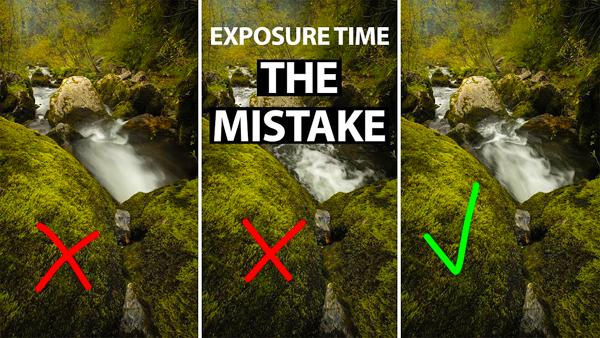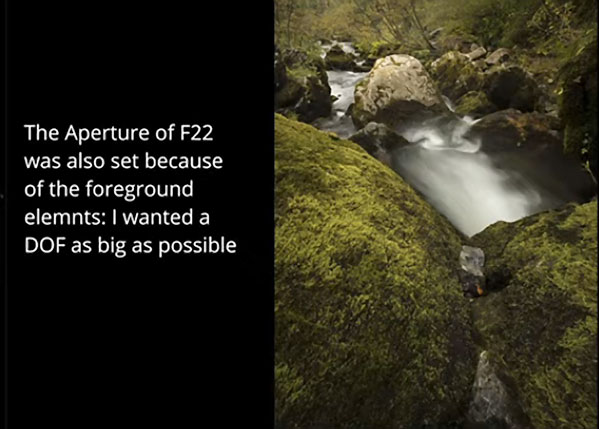I am a retired forest scientist and have traveled all over the world doing photography. I have yet to see a natural flowing stream that looks like a mezermizing soft flow image that so many photographers shoot.
How to Set the Optimum Exposure for Photos of Flowing Water (VIDEO)

Have you ever wondered how experienced landscape photographers make those mesmerizing images of soft, flowing water? It’s actually very easy to do if you understand the technique, and you’ll learn everything you need to know in the quick video below.
Romanian landscape pro Toma Bonciu explains that, “When you’re photographing waterfalls or streams, the exposure time is very important,” and in this nine-minute episode he explains the proper settings, along with a few other tips.

As you’ll see, it’s all about selecting a shutter speed that’s neither too fast nor too slow, depending upon the situation. Of course the shutter speed you choose affects the f/stop and ISO required for a correct exposure, and Bonciu covers those variables too. He also lists the gear he uses in the description beneath the video,
The advice Bonciu provides is also helpful in landscape photography when you want to give billowing clouds a cotton-like appearance to convey a sense of motion. In either case, this isn’t a job for hand-held shooting, so you’ll want to use a tripod to be certain that the rest of your image is sharp.
Confronting a common error, Bonciu explains that “beginning photographers often think that flowing water should look like a smooth white blanket,” and they use a shutter speed that’s actually too slow for a compelling result. When photographing a stream or waterfall, the trick is to use an exposure time that’s slow enough to depict movement, while fast enough to avoid blowing out all the details.

While demonstrating his technique, Bonciu uses several images to illustrate how various combinations of shutter speed, aperture, and ISO interact to affect the appearance of water and the surrounding portions of a scene. And with his suggestions and a bit experimentation, you’ll be able to get some really great results.
You can find more helpful tips on Bonciu’s YouTube channel and in another tutorial we shared recently, explaining several common mistakes to avoid for better landscape photographs.
- Log in or register to post comments















































